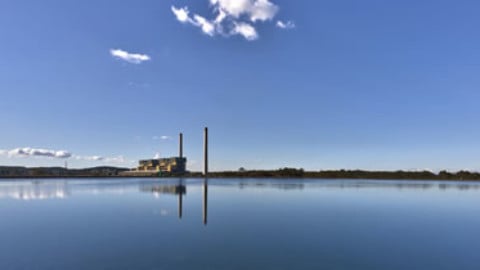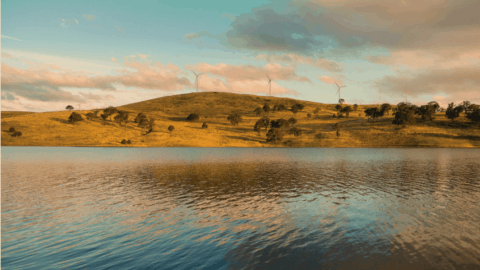With the success of new smart technology which helps finds odors at pumping stations in 2018, SA Water have powered ahead with new sensor technology that provides real-time information on the movement of sewage through pipes.
A combination of 88 flow and level sensors and one weather station installed in various parts of the Adelaide foothills suburb have for the past 12 months provided real-time information on the movement of sewage through the pipes, aiming to find blockages before they can result in overflows.
SA Water’s Acting General Manager of Asset Operations and Delivery, Peter Seltsikas, said since the Stonyfell pilot went live in October 2018, ten potential sewage overflows have been detected and prevented.
“That’s ten overflows that could’ve impacted the community, by either going into the street, environment or someone’s house or business,” Mr Seltsikas said.
“We were able to achieve this result through analysis of data sent from the sensors back to our Operations Control Centre, providing an advance warning of sorts, making it easier for us to know where and when to send our crews to unblock a pipe.
“This type of technology is not only ground-breaking for us, but we’re also one of the first utilities in Australia to use it in a comprehensive whole of suburb approach.
“We’re confident the frequency of sewer network fault preventions will rise, as we learn more about the equipment’s potential and the behaviour of our network. This includes enabling more automation within the analysis stage, to make the process more efficient.
“Parallel to this ongoing education, we’ve started testing other similar types of technology to potentially complement existing smart sensors, as well as assessing the next target area for installation.
“Like Stonyfell, we’re primarily looking at suburbs with higher than average rates of sewer blockages compared to other areas of the state. We’re hoping to finalise this next stage by early in the new year.”
Late last year, SA Water also installed 88 odour sensors and three weather stations at Gawler, north of Adelaide, where detectable sewer odour levels in some areas of the town have been consistently above average.
“This trial is about trying to recognise and predict odour events by monitoring climatic conditions like air temperature as well as wind direction and speed, which can impact the way odours move and are experienced outside the sewer network,” Mr Seltsikas said.
“It’s normal and in some cases necessary to have some odour emission, but our aim is to limit how noticeable it is for people living near our wastewater treatment plants, pump stations and network ventilation points.
“Over the past few months, our team has been using data from the sensors and weather stations to create “odour risk maps” of the Gawler network.
“These maps are a digital representation which show where odour is currently occurring or likely to occur up to three days in advance, based on real-time monitoring of odour and weather conditions, and using odour concentration trends built up since the trial began.
“Having this information enables a more timely and proactive investigation and response.
“We have so far used this model to successfully detect and verify two odour events, which is a positive outcome for us, as it’s often difficult to work out why odour is occurring at a particular location or time.
“Knowing more about odour behaviour also means we can make better operational and investment decisions, such as optimising chemical dosing regimes, pump station use and management of network ventilation.
“Our overall view of odour management has significantly changed in recent years, with the focus now on proactive, innovative solutions which are simpler, more strategic and cost-effective.”
The $5 million Gawler and Stonyfell pilots are in addition to SA Water’s smart water network, which is now in place at five locations across the state – Athelstone, North Adelaide, Penneshaw, Port Lincoln and the Adelaide CBD.


















